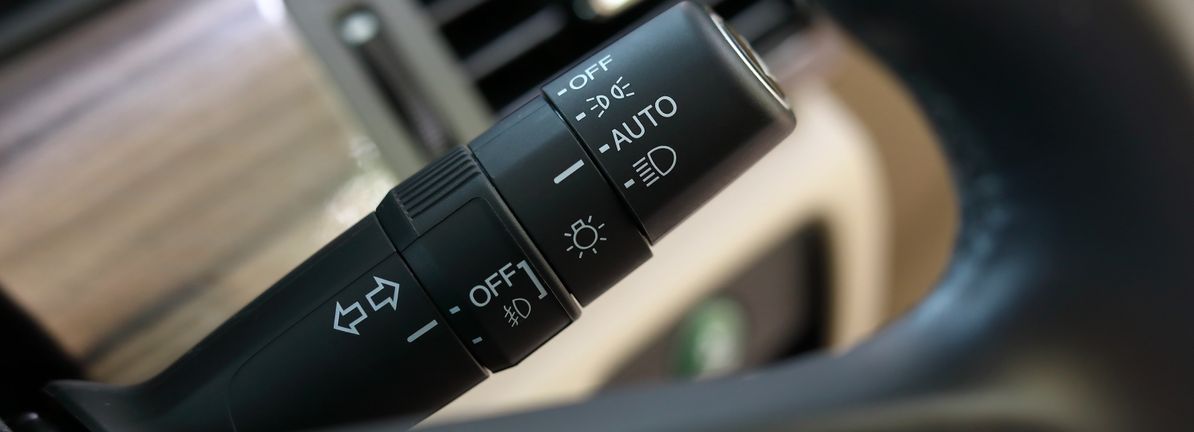The main aim of stock picking is to find the market-beating stocks. But the main game is to find enough winners to more than offset the losers So we wouldn’t blame long term Amotiv Limited (ASX:AOV) shareholders for doubting their decision to hold, with the stock down 33% over a half decade.
Now let’s have a look at the company’s fundamentals, and see if the long term shareholder return has matched the performance of the underlying business.
Trump has pledged to “unleash” American oil and gas and these 15 US stocks have developments that are poised to benefit.
While the efficient markets hypothesis continues to be taught by some, it has been proven that markets are over-reactive dynamic systems, and investors are not always rational. One way to examine how market sentiment has changed over time is to look at the interaction between a company’s share price and its earnings per share (EPS).
In the last half decade Amotiv saw its share price fall as its EPS declined below zero. This was, in part, due to extraordinary items impacting earnings. At present it’s hard to make valid comparisons between EPS and the share price. However, we can say we’d expect to see a falling share price in this scenario.
You can see below how EPS has changed over time (discover the exact values by clicking on the image).
It’s good to see that there was some significant insider buying in the last three months. That’s a positive. On the other hand, we think the revenue and earnings trends are much more meaningful measures of the business. Dive deeper into the earnings by checking this interactive graph of Amotiv’s earnings, revenue and cash flow.
It is important to consider the total shareholder return, as well as the share price return, for any given stock. The TSR is a return calculation that accounts for the value of cash dividends (assuming that any dividend received was reinvested) and the calculated value of any discounted capital raisings and spin-offs. So for companies that pay a generous dividend, the TSR is often a lot higher than the share price return. As it happens, Amotiv’s TSR for the last 5 years was -16%, which exceeds the share price return mentioned earlier. The dividends paid by the company have thusly boosted the total shareholder return.
While the broader market gained around 12% in the last year, Amotiv shareholders lost 8.3% (even including dividends). However, keep in mind that even the best stocks will sometimes underperform the market over a twelve month period. Unfortunately, last year’s performance may indicate unresolved challenges, given that it was worse than the annualised loss of 3% over the last half decade. Generally speaking long term share price weakness can be a bad sign, though contrarian investors might want to research the stock in hope of a turnaround. While it is well worth considering the different impacts that market conditions can have on the share price, there are other factors that are even more important. Take risks, for example – Amotiv has 2 warning signs we think you should be aware of.












